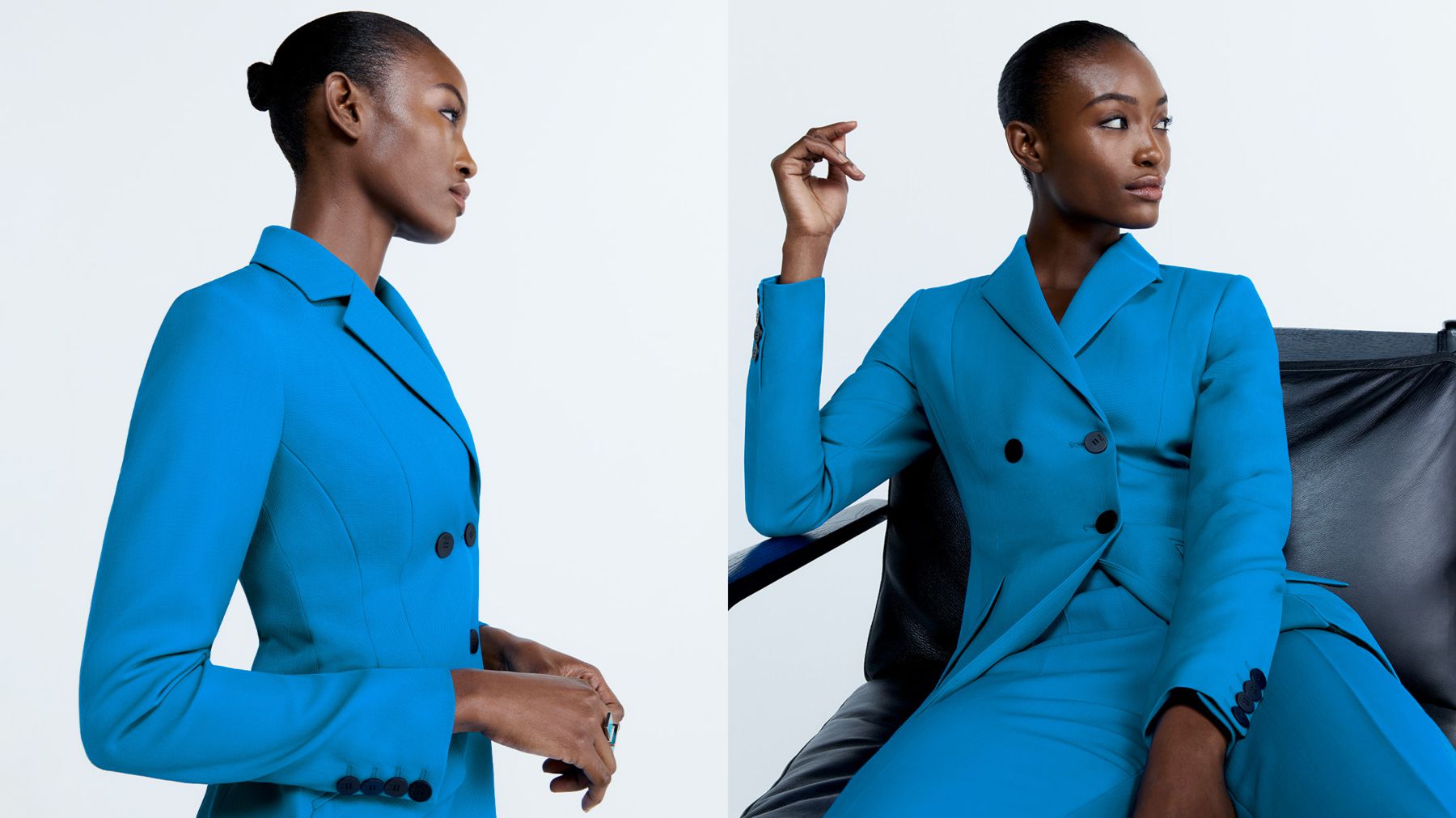
For her latest funding round, Polly McMaster took her pitch to the people.
Her contemporary womenswear brand, The Fold, enjoyed a bumper 2022, with revenue rising 60 percent to £16 million ($19.7 million). McMaster said she needed funding to open more stores in the UK, and eventually the US, which now accounts for half of sales.
The Fold had previously raised around £10 million across different rounds from investors such as Soho House backer Active Partners. She returned to some of them this time around. But she also launched a crowdfunding campaign on the UK-based platform Crowdcube in February, aiming to raise £750,000 ($925 million) at a pre-money valuation of £30 million ($37 million). Her pitch was to her customer base of working women, who McMaster suspected would see the appeal of collective female ownership of a fast-growing brand.
“The Fold has grown over 60 per annum year-on-year with a community of 280,000 women. For the first time, you are invited to invest and join us on our journey,” the company’s pitch reads.
With one day to go, The Fold has raised over £1.6 million ($2 million) from more than 400 people.
The Fold is far from the first brand to turn to crowdfunding. Allbirds famously launched with a Kickstarter campaign in 2016, going on to raise tens of millions of dollars before its initial public offering in 2021. Its popularity has continued to grow, including with established brands that have found more conventional paths to raise cash cut off amid rising interest rates and a global economic downturn (others, like The Fold, are mixing crowdsourced capital in with traditional investments). Last year, Crowdcube saw a spike in listings from fashion-related businesses, which accounted for 14 percent of total campaigns in 2022.
A big benefit of crowdfunding is that the money arrives faster — as soon as two weeks after the end of a campaign. In return for their money, investors receive a tiny stake in the company, but companies are not obliged to appoint a crowdfunding representative to the board and shares do not carry voting rights. And in the case of some campaigns, including those on Kickstarter, there are no shares changing hands at all. Instead, people choosing to give money are incentivised by discounts and early access to merch.
But the appeal goes beyond financing needs: an offer of part ownership can also cement a bond with shoppers and introduce a brand to new audiences.
“We saw it as a more democratic and purposeful way to raise money than just from a select few angels,” McMaster told BoF. “It’s the ultimate two-way loyalty plan: consumers get to own a piece of the business they love and we are able to raise capital and secure long-term customer relationships at the same time.”
It carries risks too. Crowdsourcing campaigns typically have public fundraising goals; falling short can lay bare a company’s weakness and need for cash.
“As a founder, crowdfunding can be quite an uncomfortable place because you don’t know how it’s going to be received,” said Moses Rashid, founder of online sneaker marketplace The Edit Ldn. “If it falls flat, you’re gonna be quite vulnerable — but if it does well then obviously it elevates the status of your business and is a powerful marketing tool.”
Converting Customers Into Shareholders
There are various ways companies convince people to fork out for their crowdfunding rounds. Investors are often enticed with perks like VIP events with the brand founders, lifetime discounts and early access to products before they launch.
However, many of the most successful crowdfunding campaigns entice would-be investors with compelling purpose-driven campaigns inviting people to join the company in pursuit of a specific goal.
Ruka, a UK-based beauty start-up whose hair extensions products are favoured by the likes of Serena Williams and actress Gabrielle Union, ran a campaign last year that saw the founder encourage investors to support a Black women-owned business with the aim of becoming the “definitive hair brand for black women globally, by building an ecosystem of hair solutions which are ethical, safe,” according to their campaign on Crowdcube, which raised £1 million after an initial target of £700,000.
“Crowdfunding offers many more benefits than going out to a smaller group of angel investors because you can generate so much more positivity from what you’re doing in partnership with your customers,” said McMaster of The Fold, whose campaign encouraged women to participate in the ownership of the brand through the promise of a pledge to women’s empowerment charity Smartworks for every investment over £250.
McMaster also positioned it as an opportunity for women who had never considered investing in a business before to take their first steps with a woman-owned brand. It appears to have worked. 67 percent of the investors in the ongoing round are women, McMaster said (on average women make up 21 percent of the participants on crowdfunds on Crowdcube).
Crowdfunding as Marketing
When Rashid was looking to raise about $4.8 million, he turned first to The Edit Ldn’s existing backers, including New York venture capital firm Regah Ventures. But he also saw the perfect opportunity to bring on board long-term supporters and customers as shareholders, wedding them to The Edit Ldn.
An initial crowdfunding target of £250,000 was surpassed in 15 minutes, Rashid says, and the retailer ended up raising £550,000 from the public when the round was completed in January. The money will go toward technology, warehouse capacity and hiring more employees after revenue grew over 500 percent in 2022 to £7 million in 2022.
At a time when every brand and retailer prides itself on the strength of its community — a hard-to-quantify term used to describe anyone from consumers to general fans and Instagram followers — a successful crowdfunding campaign can prove the true extent of a business’ brand power.
“If you get 1000 or 2000 customers to invest in your business, it crystalises their relationship with the brand,” said Dan Hardy, chief revenue officer of crowdfunding platform Crowdcube, which saw £250 million raised by 244 companies last year. “They align their values, their personal brands with your business and become super advocates — that’s really what companies are looking to tap into when crowdfunding these days.”
But a brand needs to be strong already before it asks its customers to pay for its operations. Like any form of marketing, consumers will be able to tell if a crowdfunding campaign lacks substance and clarity as to what a business is trying to achieve. On Kickstarter, 60 percent of pitches failed to reach the minimum funding goal, while 10 percent never received any pledges from investors at all.
“It’s not the easiest undertaking, especially for a young business — you need to warm up your audience, educate them as to what you are doing and why they need to be a part of it, get them excited,” Hardy said. “But when done right, it will be the most powerful marketing campaign you’ve ever done.”



